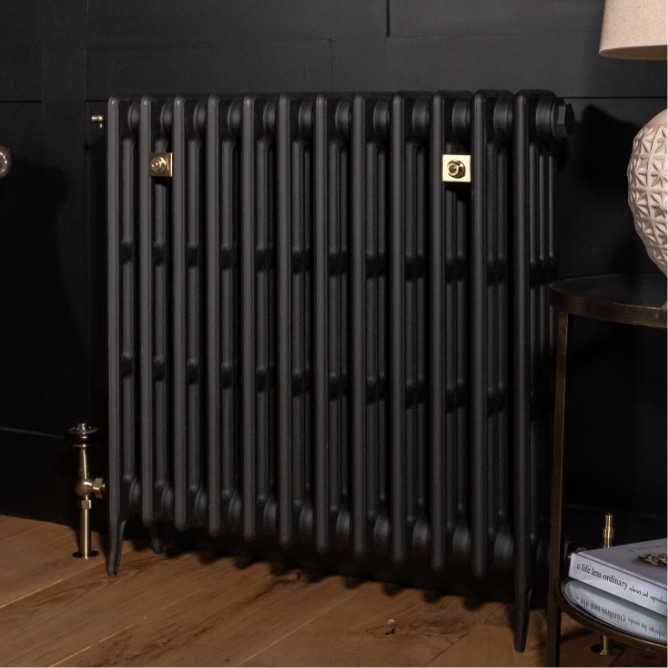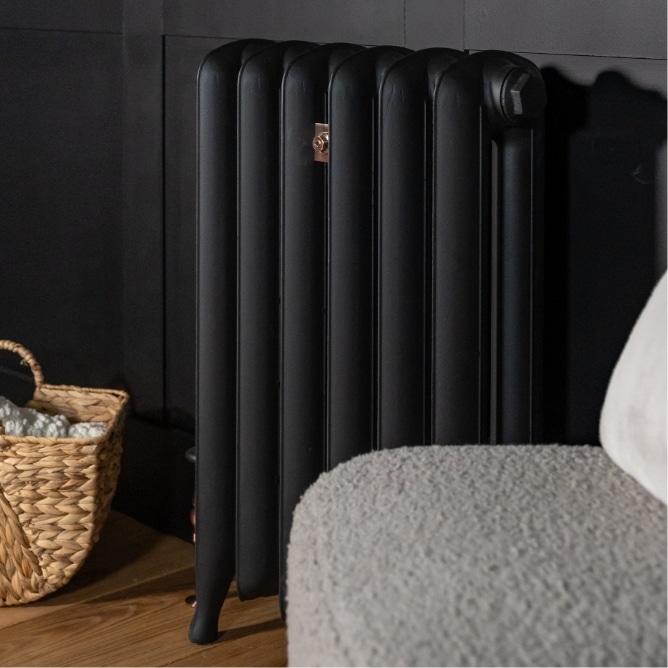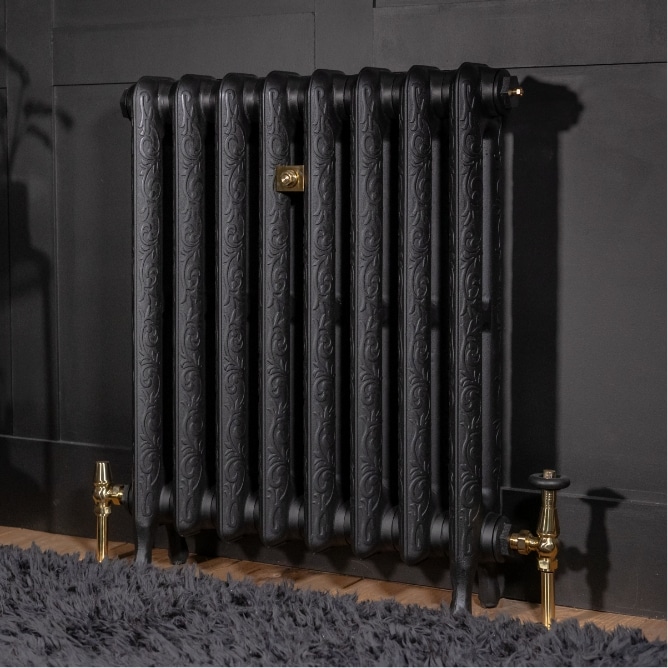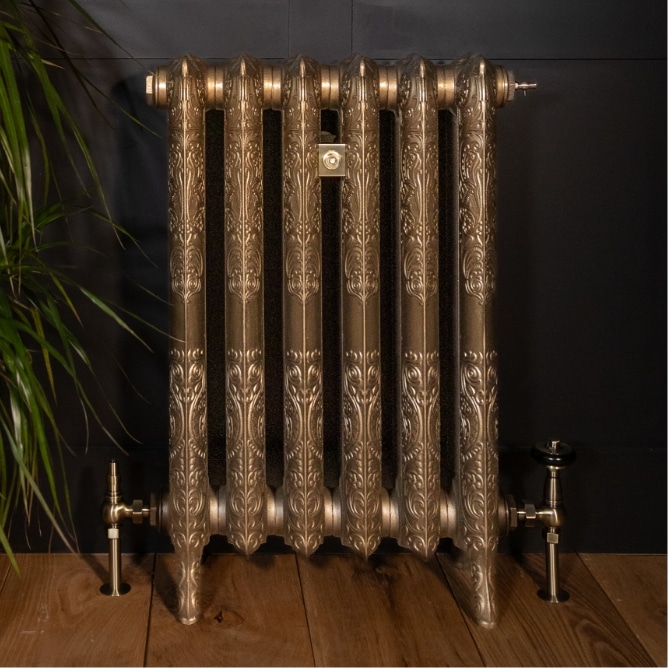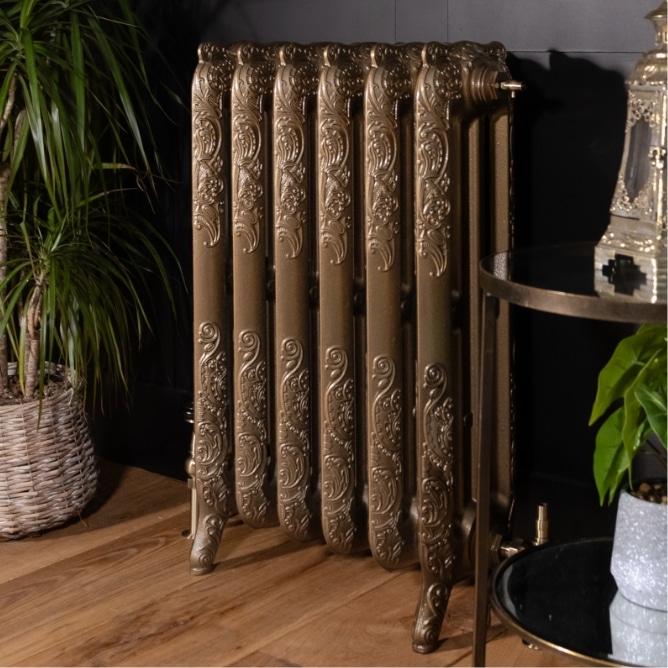Frequenty Asked Questions
Some of the questions we are commonly asked
Courier deliveries will be made via DPD Local usually on a next working day service. Scottish Highlands, Islands and other remote areas may take longer.
DPD collect from our premises on Monday, Wednesday and Fridays (excluding Bank Holidays).
Please ensure you share your mobile number with us so that you receive an email or SMS shortly from DPD notifying you of your delivery schedule.
You will then receive a 1 hour delivery time slot, so you don’t have to wait in all day.
Not only this, but DPD’s Predict service provides ‘In Flight’ tracking which means you will be able to watch the progress of your parcel delivery on a real-time map, all the way down to a final 15 minute timeslot. This will include a photo of your driver and their name.
In Flight delivery options once despatched…
As well as keeping you informed at every stage of the journey, DPD will provide access to a suite of options both on the day of delivery and the night before, allowing you to take your delivery in a way that suits you.
If you need to reschedule or change your delivery after we have despatched it you will be able to…..
- Select an alternative delivery date
- Opt for delivery to a nominated neighbour
- Have the parcel left in a specified safe place
- Collect the parcel from your local DPD Pickup Shop
- Upgrade delivery to before 10:30am, before 12pm, afternoon or a Saturday or Sunday yourself using your PayPal account
Prices for deliveries will be automatically calculated at checkout. Postal Delivery Prices – Click Here!
It is important with our cast iron radiators that no caustic plumbing compounds are used on any part of the radiator, its valves or connections (this can react with the iron, breaking down the sealing washers in both the radiator & any ‘O’ rings in your boiler or pumps). If any compounds are used then you must return the water to Ph neutral before operating the system. All radiator joints should be dry jointed, with PTFE tape wrapped around the valve threads for tightening. We would recommend the use of a thicker gas type PTFE tape on parallel threaded valves.
‘Frost Protection’ valves offer exactly that, protection for your heating system from the effects of frost. Most of our TRV (thermostatic) cast iron radiator valves offer this and will therefore, continue to work when in the fully turned off position. This is to ensure that if, you are away and your have turned all your valves to the fully wound in – Off position and the temperature drops to the levels above, the valves will automatically open to help prevent the heating system from freezing and causing damage. Obviously, your heating needs to be on and operating for this to work. In view of this protection, please remember that the valves may not fully shut off when in the fully wound in – Off position, so installing an inexpensive in-line isoltaion valve may be helpful when plumbing in your radiators. We also offer decorators caps under the Accesories & Spares tab above for the Bentley Range to fully shut off these valves.
It is very important that the Ph of your heating syatem is maintained between 7-8.5 at all times to prevent gaskets breakdown in valves or radiators. Failure to do so will invalidate your warranty. Ph neutral inhibitors are fine to use & MUST BE USED to the correct dosing levels, but NO caustic/corrosive/acidic plumbing compounds or liquids are to be used on or in any part of our radiators, our valves or connections and that if aggressive flushing agents are used, the water in the system MUST BE immediately neutralised correctly following their use appropriate crystals or similar and certificated as such. Where caustic and/or corrosive compounds (liquid or other) have been introduced into the radiator(s) which have caused damage to seals/gaskets, or the use of insufficent amounts of Inhibitor are found, this will invalidate any guarantee offered. PLEASE SEE OUR FITTING GUIDELINES FOR FURTHER INFORMATION.
DELIVERY LEAD TIMES – Lead times to despatch are now shown live on the website and we will always do our utmost to keep to stated times.
All radiator pallet deliveries are made on a 7.5t Lorry (the smallest vehicle we can book) with tail lift to kerb side only or nearest hard standing and are based on a ‘Book In & Signed For’ All Day service (9.00 a.m. – 6.00 p.m. – Week days only).
Once the order has been booked out for despatch, you will receive status emails periodically from Mobile People Powered Logistics (Mobile PPL), our delivery partner, to confirm receipt of the order, confirmation of the pallet being scanned to a delivery vehicle (with ETA), and then confirmation of delivery completed.
Alternative ‘All Day’ dates will be available at no additional cost to suit.
Upgraded to services such as Next Day delivery, Dedicated Day a.m. or p.m., timed delivery windows and Saturday deliveries where available are available for an additional charge to be paid directly with Mobile PPL only.
RED ROUTES & RESTRICTIVE PARKING – Please note drivers are unable to park on double yellow or red lines due to the risk of a parking ticket.
ACCESS – Please inform us if there are any access restrictions at your delivery point (such as 7.5T weight restrictions or height restricted bridges).
If you require a ‘Dedicated Day’ (working week day) for delivery to ensure you have help to hand you must indicate this in the message box at checkout. Please note that this may delay delivery slightly. This will still be a kerb side only or nearest hard standing service. For Saturday delivery, there will be an additional charge on top of the standard delivery charge quoted if this service is available.
We must stress that a Pallet Delivery Service is always kerbside only. The drivers are not insured to assist you with any aspect of moving the goods from the kerbside. This is to remove any potential risk of personal injury or damage to your goods, or your property. We remind you that it is not in your interest to encourage a driver to assist you in any way that falls outside of his responsibility. If, in the event the driver does agree to assist you, we assume you accept full responsibility for any subsequent damage to any person, or property and by doing so you will void any right to make a subsequent Insurance claim.
Care should be taken when removing radiator(s) from the pallet on delivery. Radiators should be lifted off and NOT dragged/pulled as this will result in paintwork being damaged. When removed from the pallet, all radiators must be carried in an upright position to prevent damaged to joints.
If any items are deemed to be missing from any order, we must be contacted immediately (not longer than 2 days from receipt) via email. Failure to do so will result in additional items supplied being charged to the customer. We cannot be held responsible for any consequential costs incurred due to any shortfalls which have not been notified within the timescales above.
Prices for deliveries will be automatically calculated at checkout. Pallet Delivery Prices & Conditions – Click Here!
If you are collecting your order, please remember that this can only be done by appointment only between the hours of 9am – 4pm Monday to Friday.
You MUST ensure your vehicle is suitable to take the order safely, you are able to easily load and unload all radiators safely (remember the radiators are very heavy) and that all radiators can be supported and MUST be fully support when laid flat. We will not accept responsibility for damage caused subsequent to collection.
A TRV controls the room temperature, by sensing the air temperature and automatically opening and closing the flow to the radiator. A manual valve can only control the temperature of the radiator regardless of the room temperature & is usually controlled via a room or general thermostat.
You can use either a Thermostatic or Manual valve set. On larger radiators, or rooms where the radiators have been oversized we would normally recommend the fitting of a TRV (Thermostatic valve) although this is not essential. Our radiators are designed to accept both valves at the bottom for pressurised systems or if required for gravity fed systems, with the inlet valve fitted to the top on one side of the radiator, and the outlet (lock shield) to the bottom on the opposite side of the radiator. One point to remember is that if you are positioning a radiator in the same room/area where there is a central heating thermostat, it is recommended to use a manual control valve set, this will prevent the thermostat and TRV valve counter-acting each other.
Unsure about something?
Contact our friendly team and we’ll help you with any questions you may have.
